- Conservative (good way to start games)
- Running
- Passing
- Direct
- Unexpected
- Aggressive
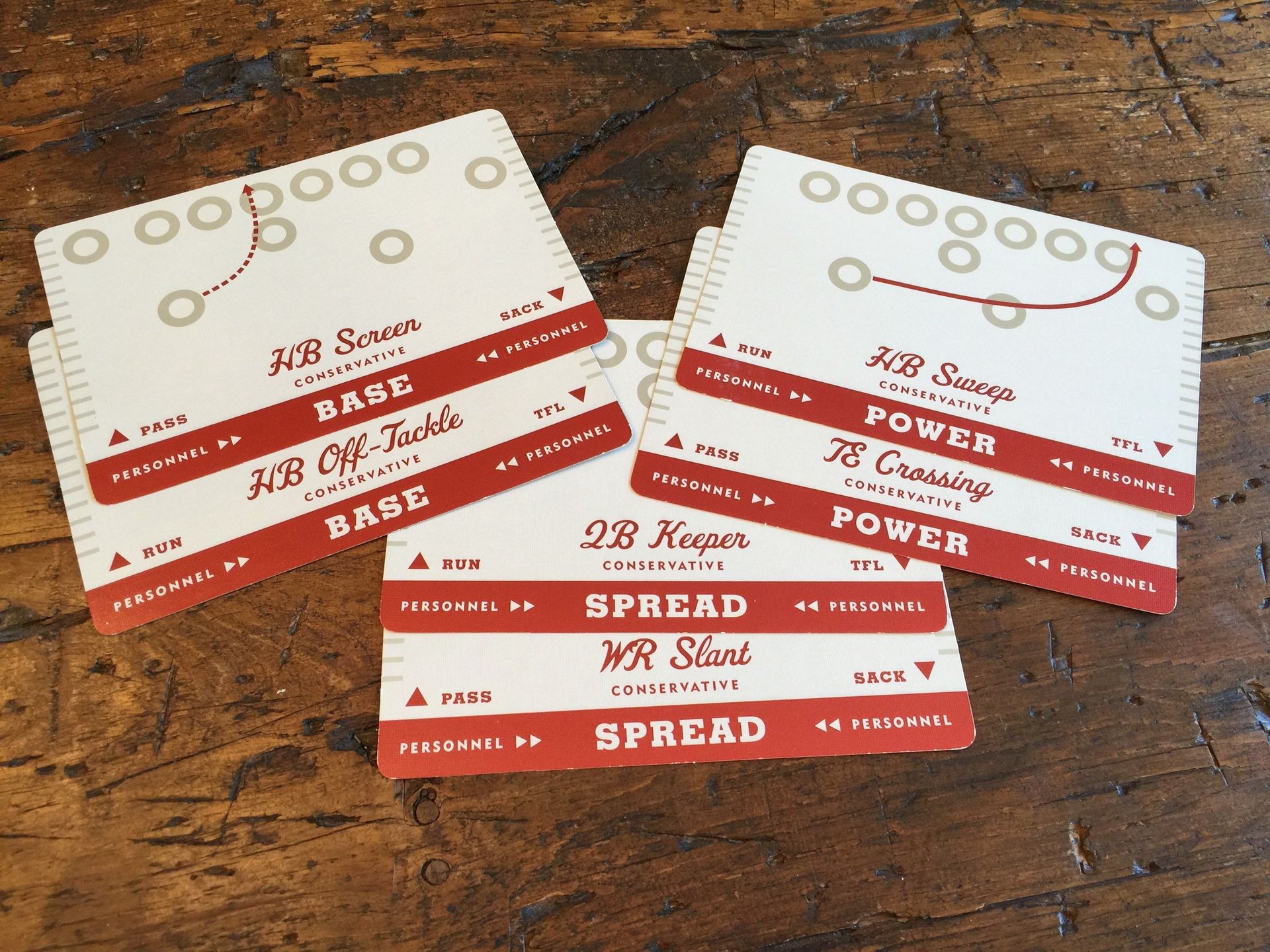
Slide title
Conservative-style offense (also mix in a few aggressive plays)
Button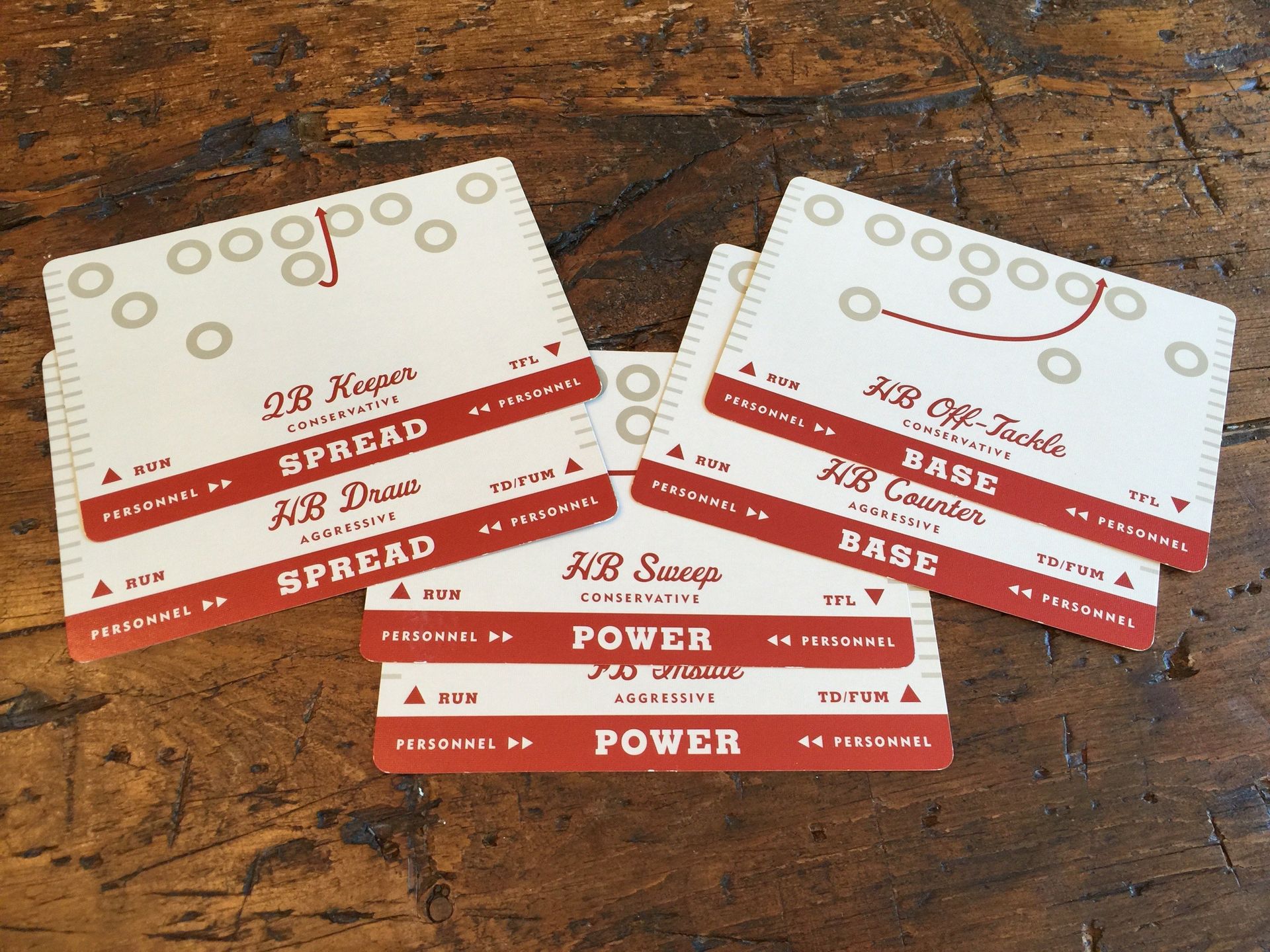
Slide title
Running-style offense (also mix in a few pass plays)
Button
Slide title
Passing-style offense (also mix in a few run plays)
Button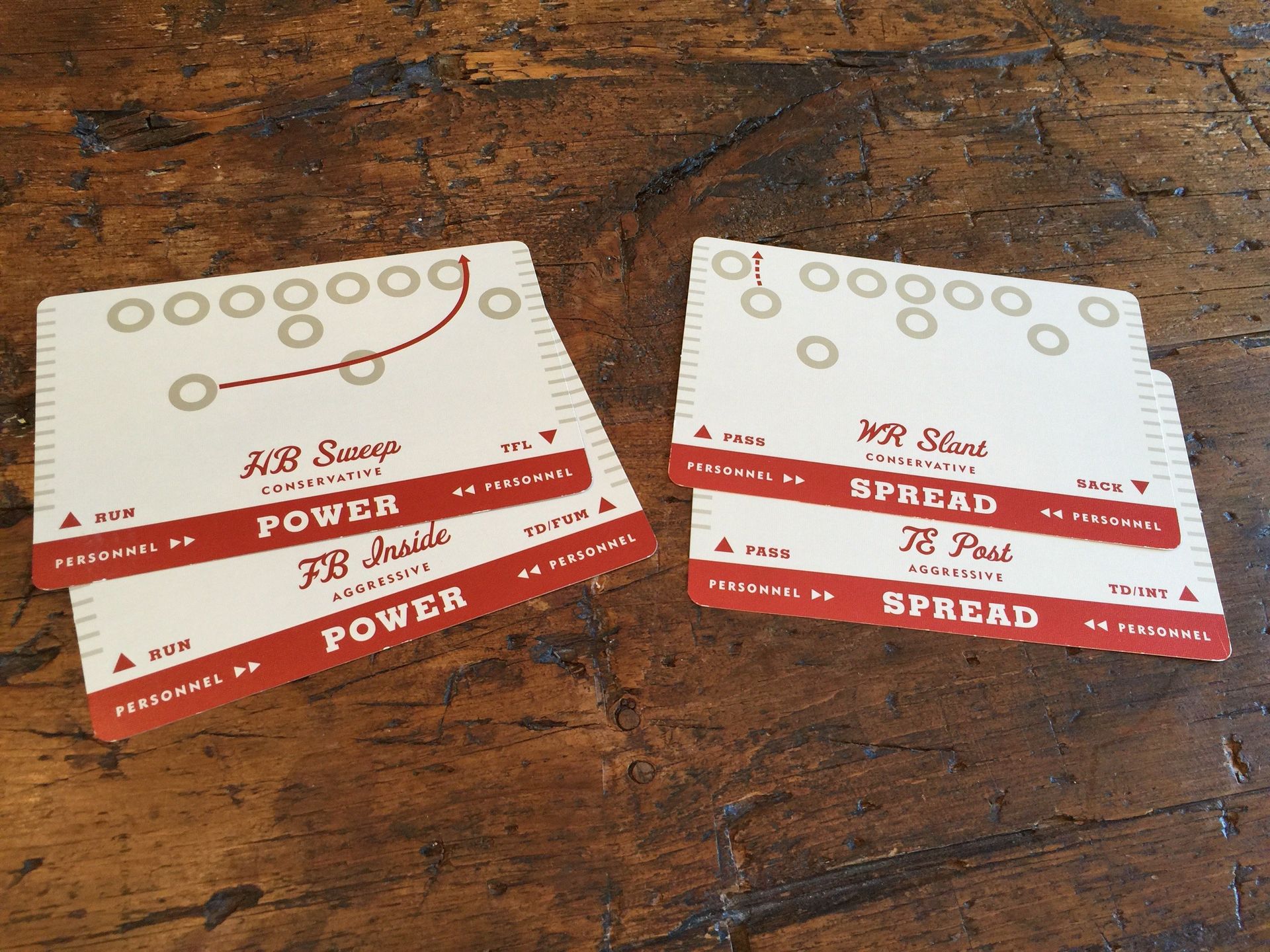
Slide title
Direct-style offense (also mix in a few Base personnel plays)
Button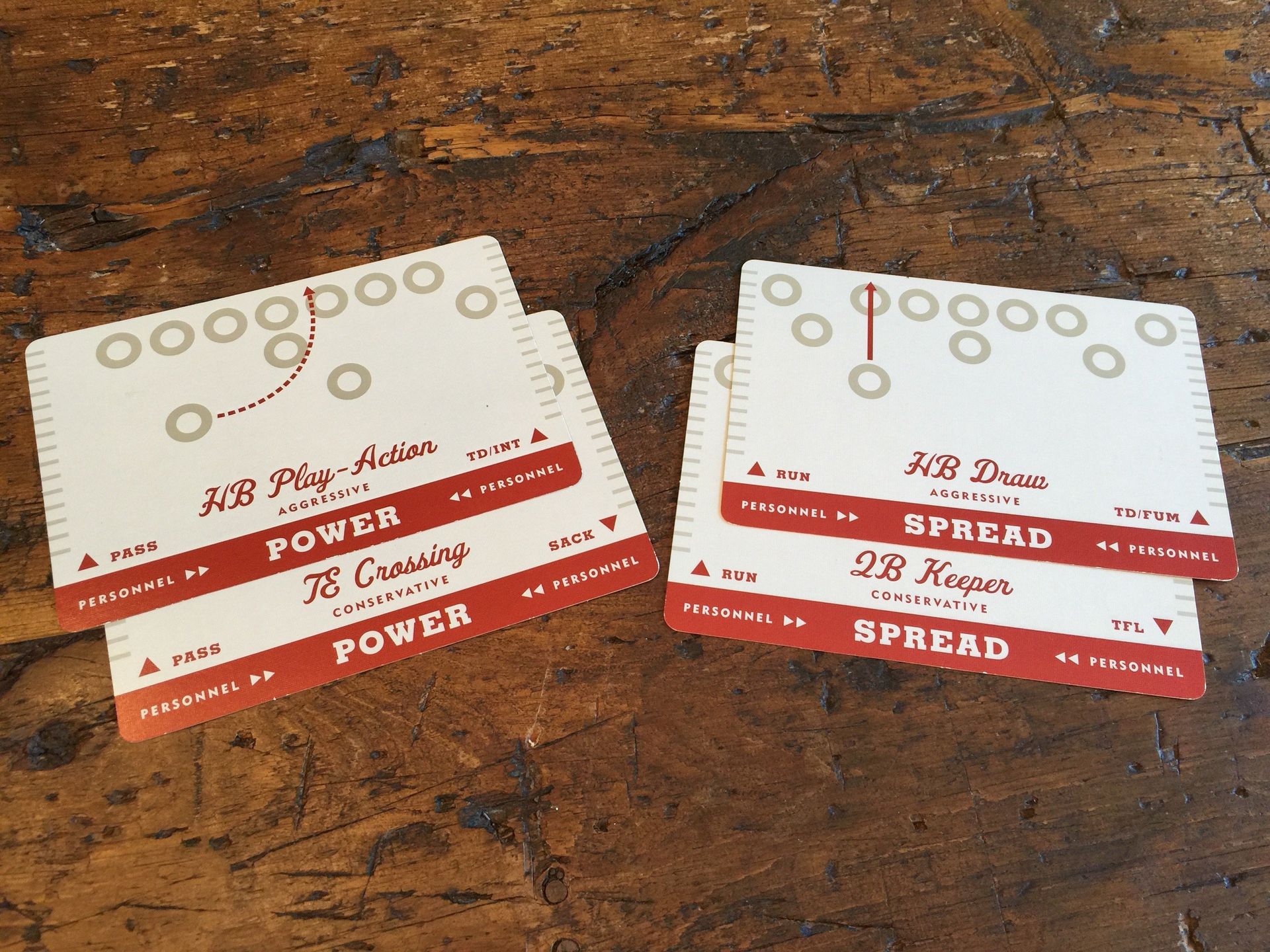
Slide title
Unexpected-style offense (also mix in a few Base personnel plays)
Button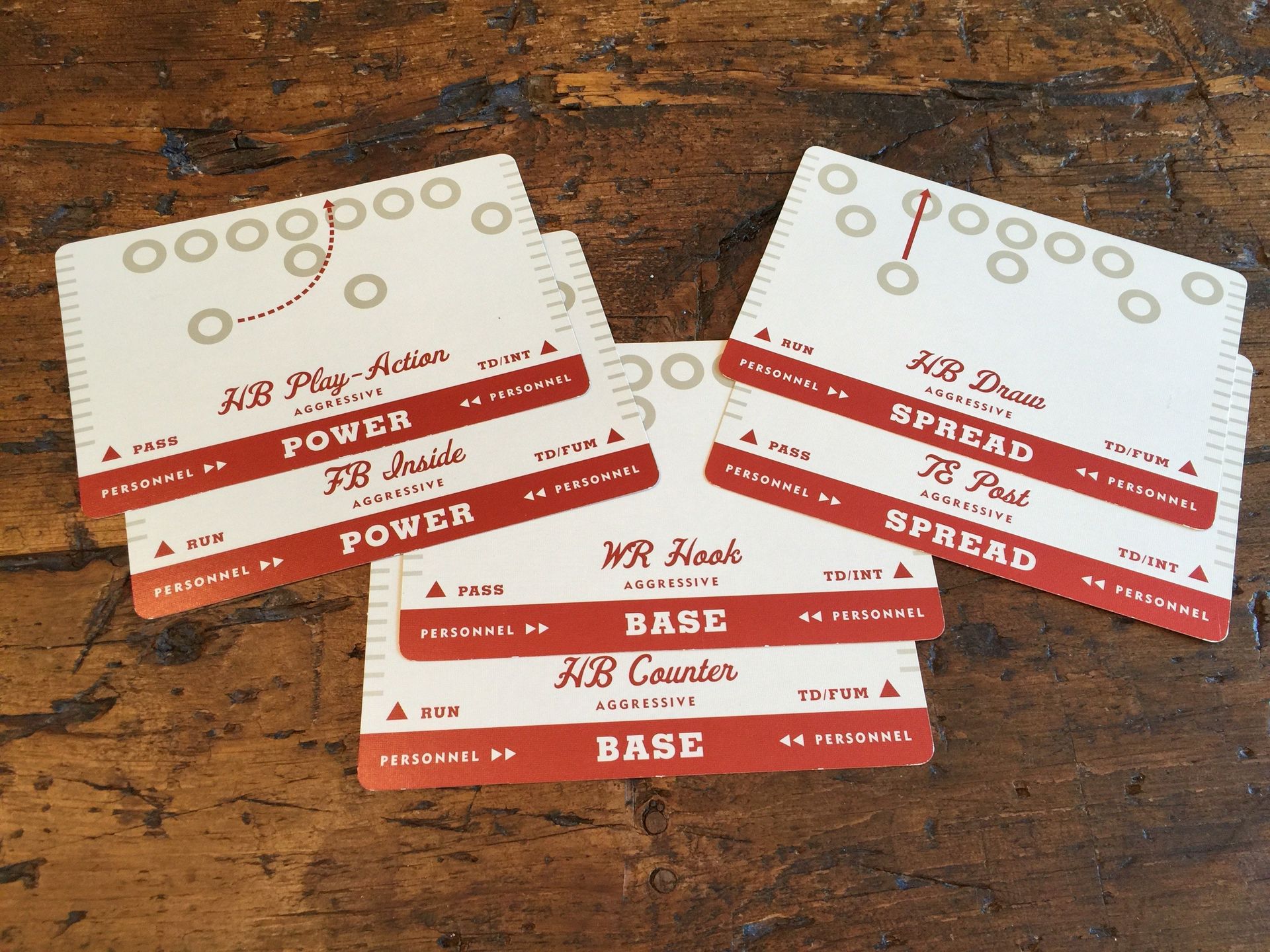
Slide title
Aggressive-style offense (not recommended)
Button
- Matching (good way to start games)
- Tackle
- Cover
- Conservative (good way to start games)
- Aggressive
- Shut-Down
- Forcing
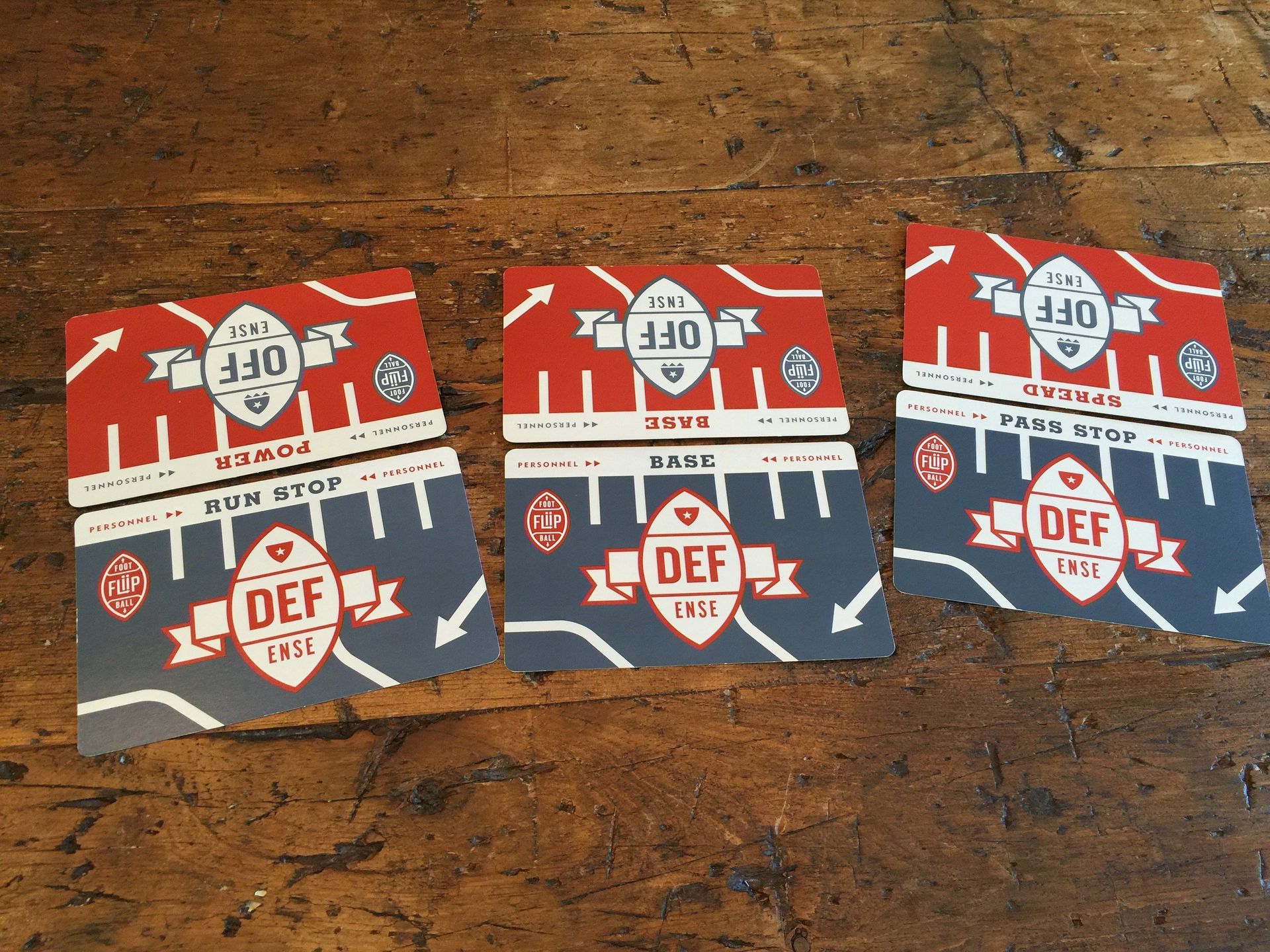
Slide title
Matching-style defense (Easy way get started and effective against direct-style offenses)
Button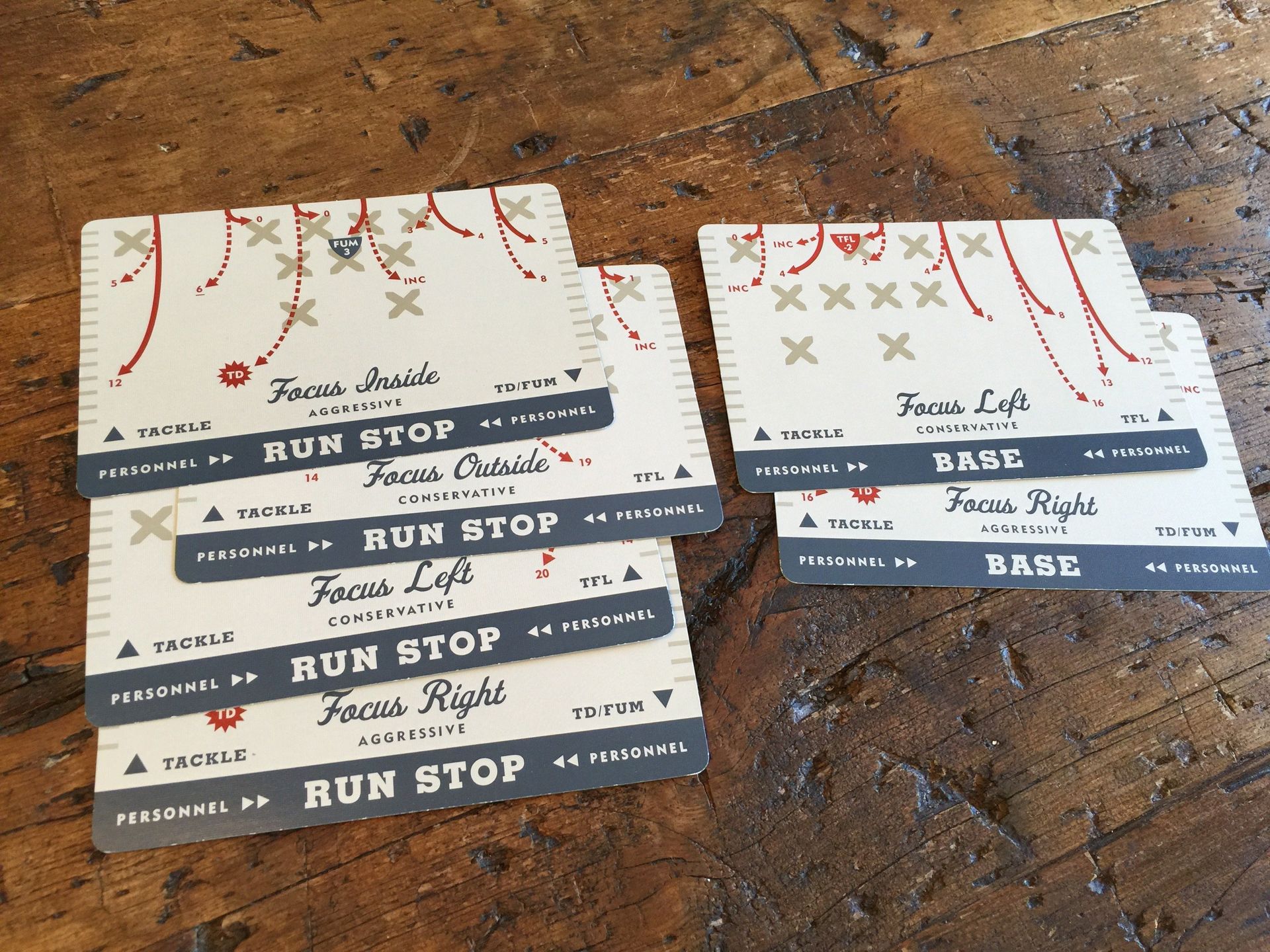
Slide title
Tackle-style defense (effective against running-style offenses)
Button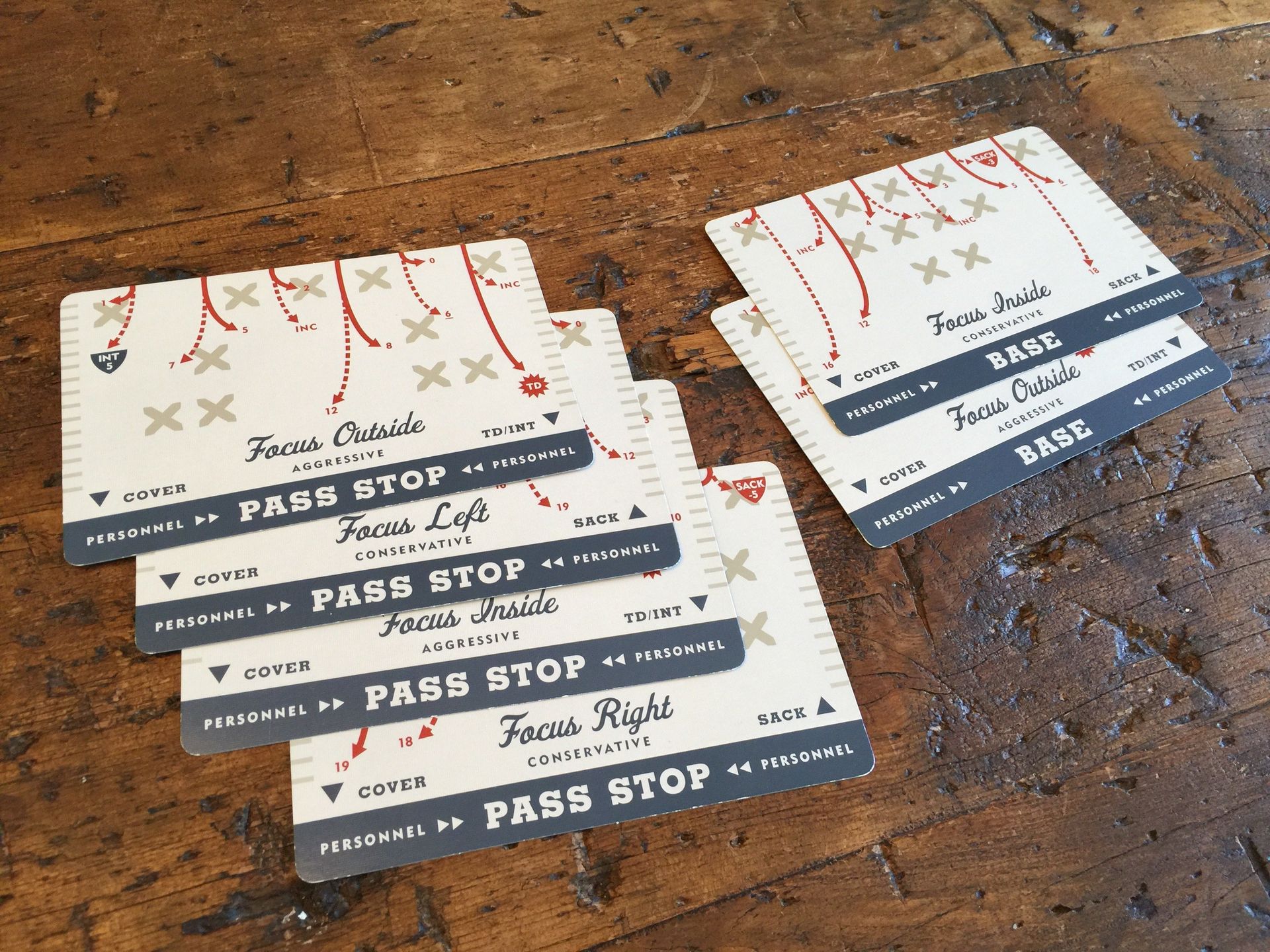
Slide title
Cover-style defense (effective against passing-style offenses)
Button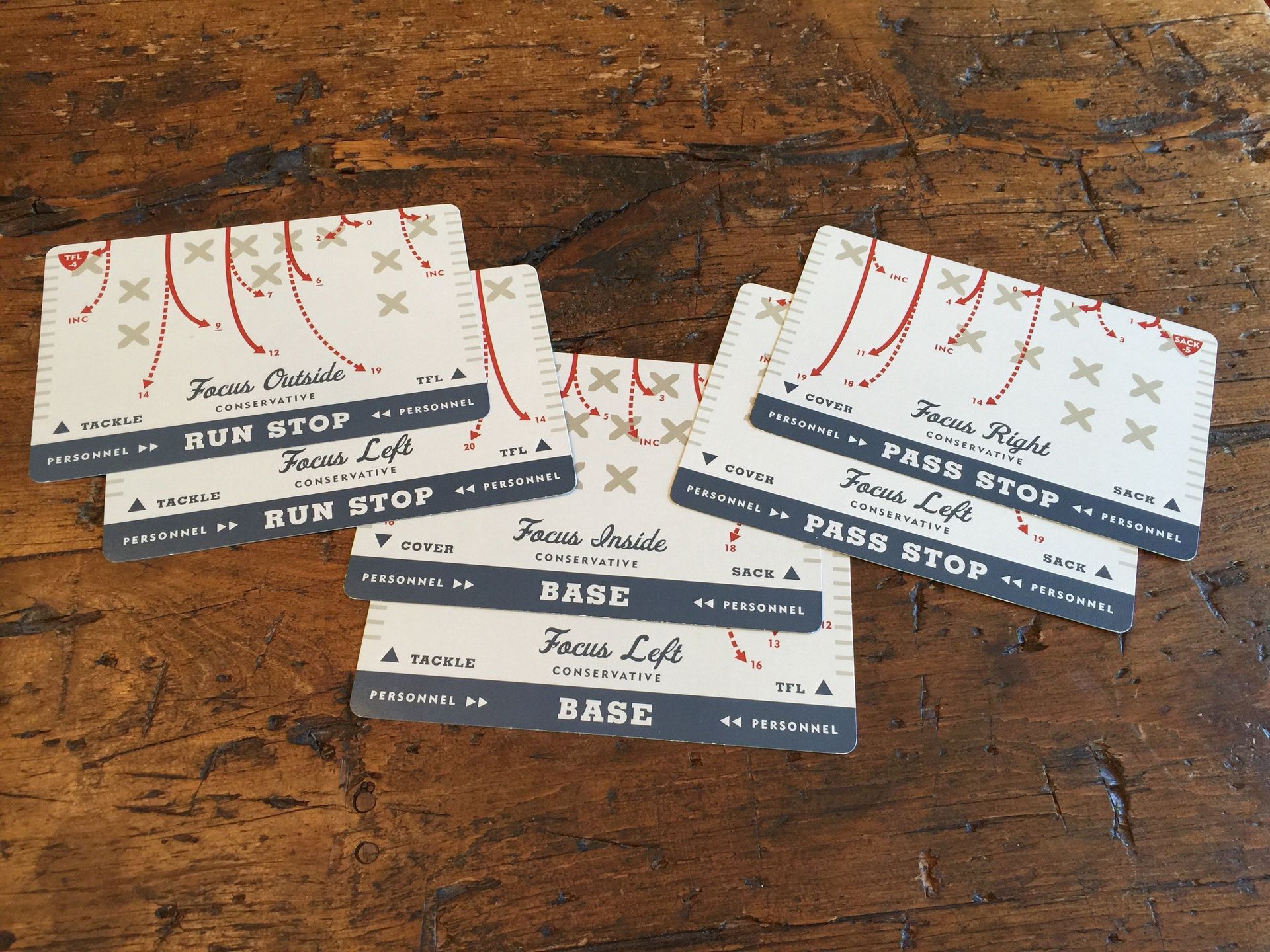
Slide title
Conservative-style defense (also mix in a few aggressive plays)
Button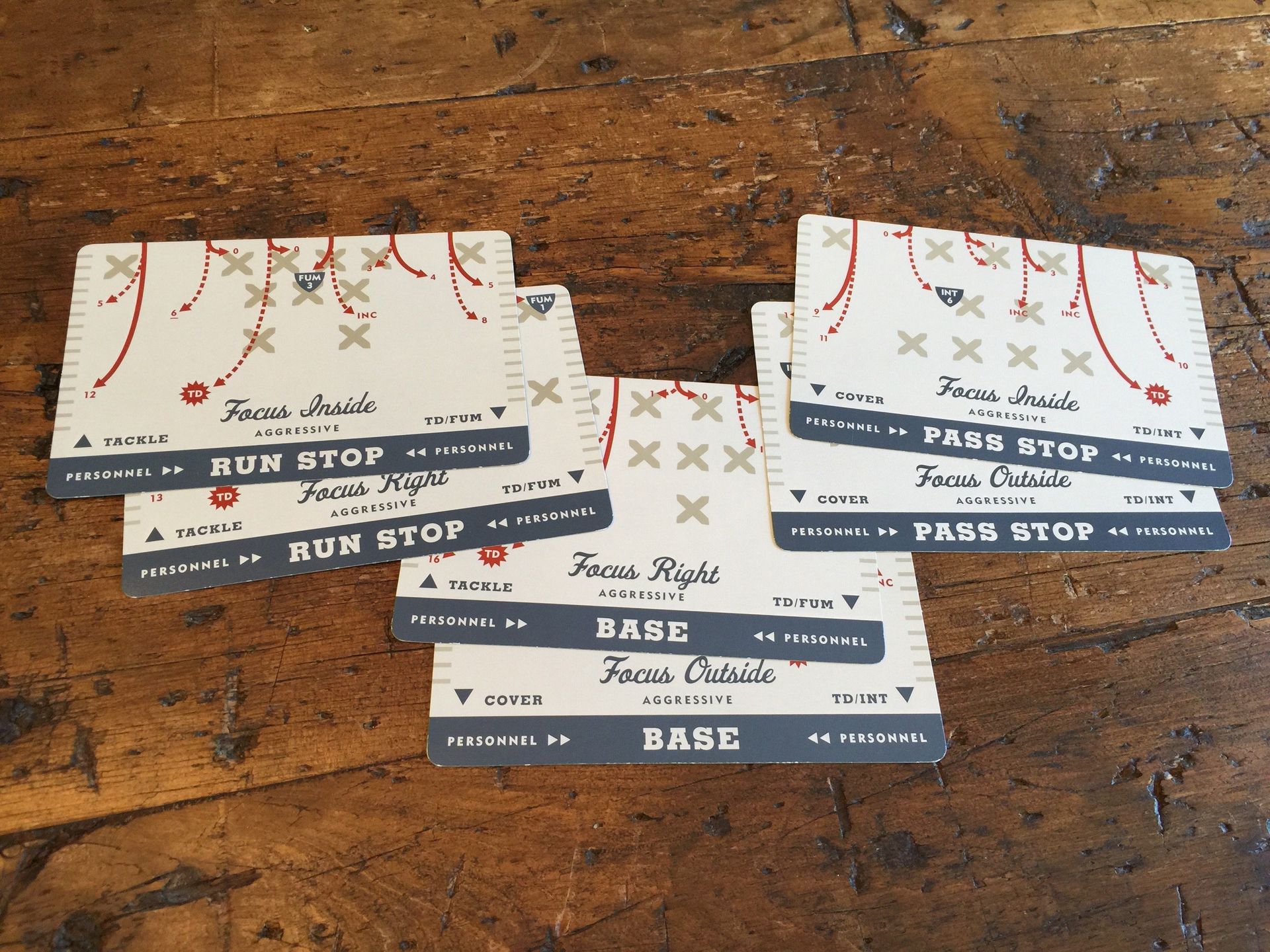
Slide title
Aggressive-style defense (also mix in a few conservative plays)
Button
Slide title
Shutdown-style defense (Outside focus on WR/TE passes and HB runs)
Button
Slide title
Shutdown-style defense (Inside focus on QB/FB runs and HB passes)
Button
Slide title
Forcing-style defense (Right focus on conservative passes)
Button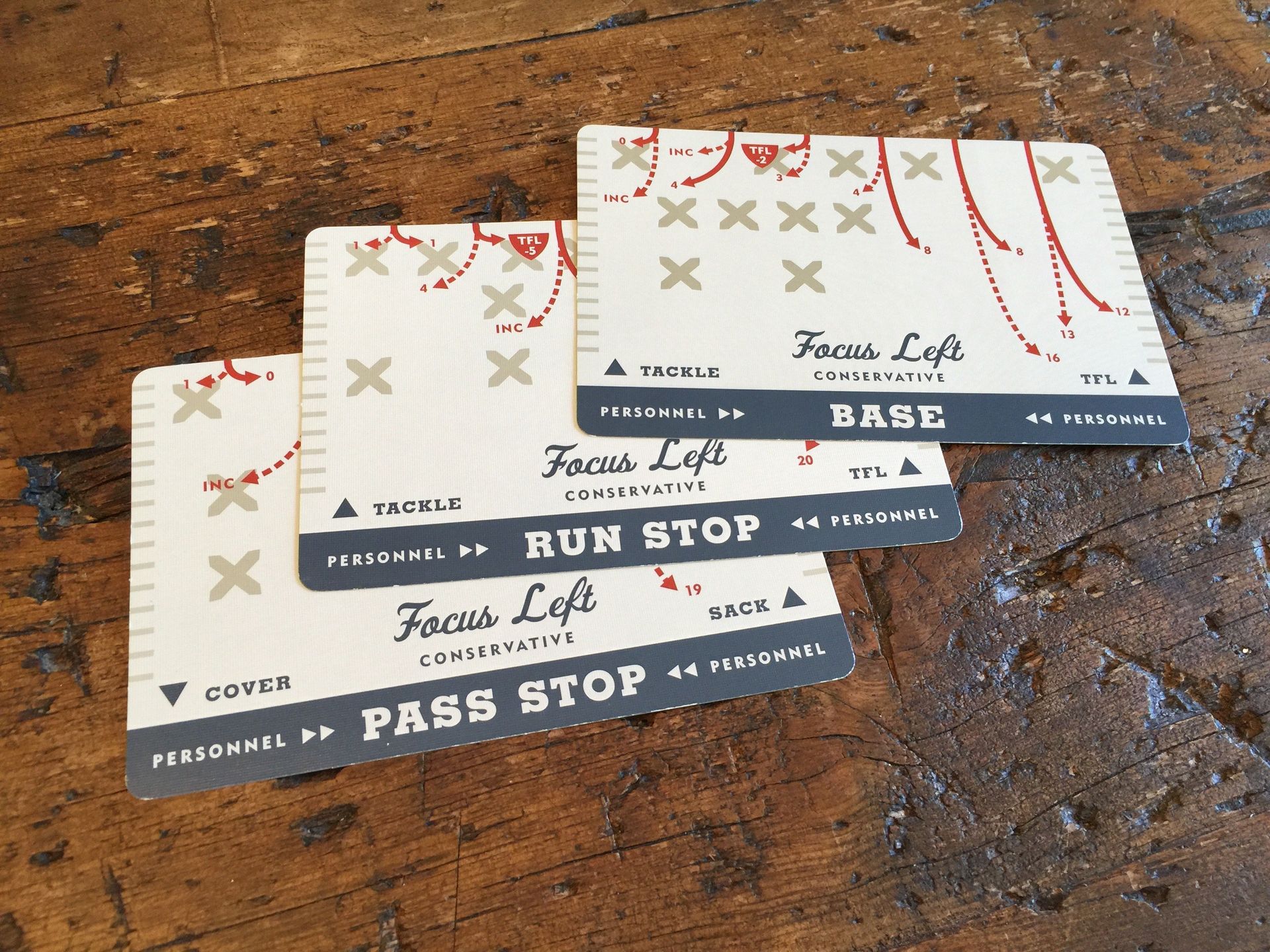
Slide title
Forcing-style defense (Left focus on conservative runs)
Button
